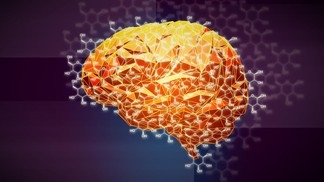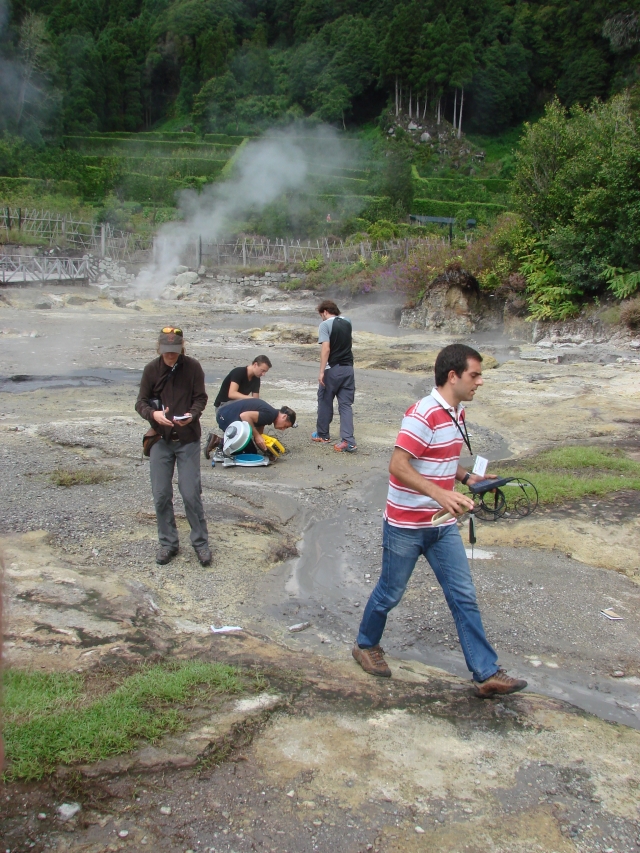Ginebra - The World Health Organization (WHO) warned today that the vaccine against Zika virus might arrive to late to have a real impact on the current epidemic going on in Latin America.
For the full article, please refer to the spanish version of this site.












